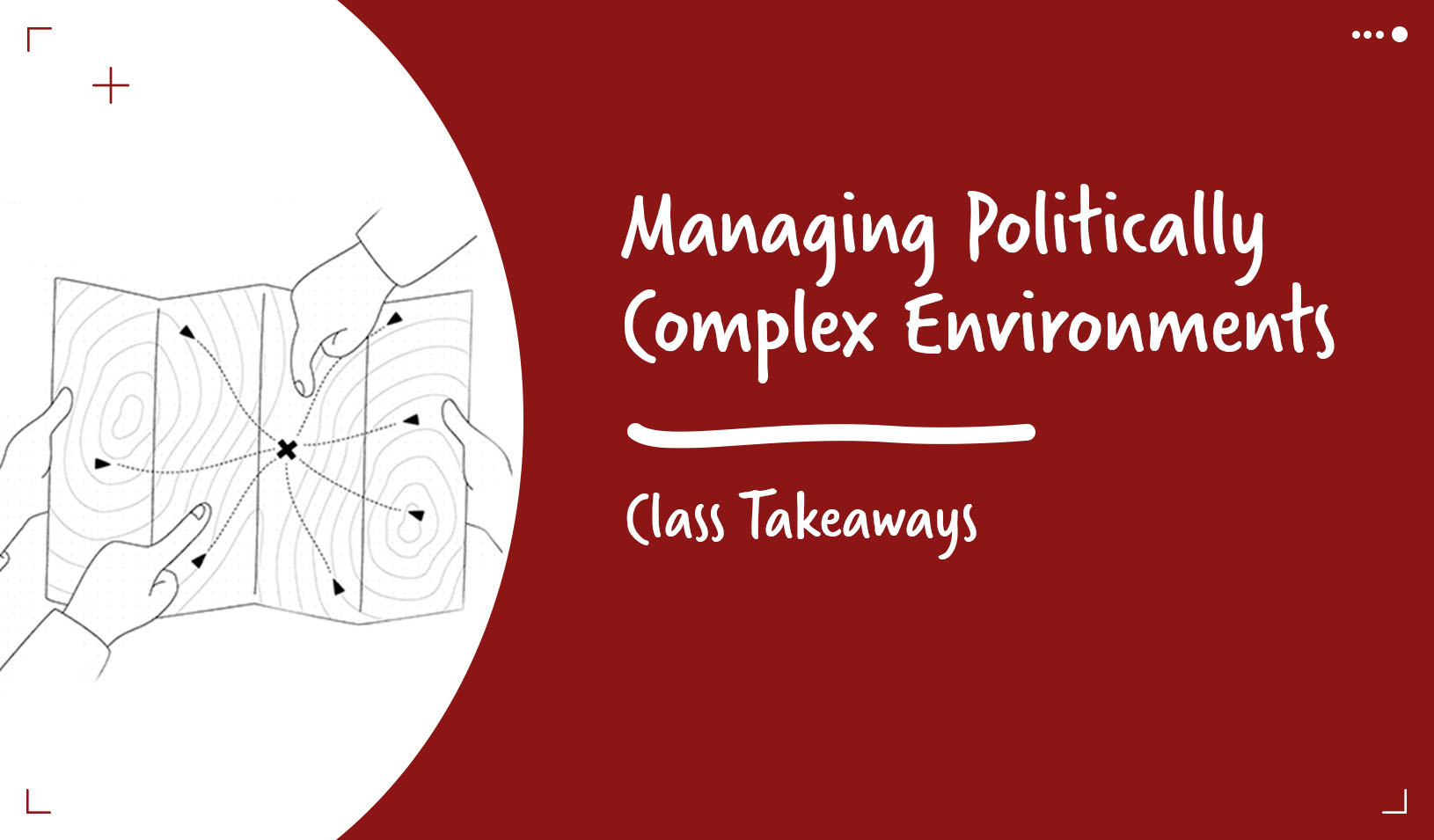
Carlos Ghosn in Tokyo | Reuters photo by Kim Kyung-Hoon
Imagine it’s your first day on the job as chief operating officer of a global manufacturing company in a foreign country. You don’t speak the language, you don’t know where the company’s plants are located, and you don’t even know how to make a phone call. That’s what it was like for Carlos Ghosn when he took over at Japan’s then-floundering Nissan Motor Corp. in 1999. The cultural challenges would have been difficult enough, but Nissan was then some $20 billion in debt after 27 years of declining market share.
Now Nissan is cruising along on all cylinders. It sold 5.1 million cars in 2013, compared to 2.6 million the year Ghosn took over, and expects to make a $4 billion profit this fiscal year. Now CEO of the Renault-Nissan Alliance, the Brazilian-born executive is striving to make Nissan a leader in electric- and self-driving vehicle technology.
The remarkable turnaround was not accomplished by adhering to the conventional wisdom. Addressing Stanford Graduate School of Business students at a “View From The Top” talk in January, he discussed the challenges of being a business leader in a foreign country and why adhering to cultural norms is not always the right strategy.
Don’t Always Believe What You Learned in Business School
No one wants to be the ugly American; after all respecting foreign business norms seems like common sense and “every class you would take in how to do business in a global environment would say you respect local cultures,” Ghosn said. But had he followed the conventional wisdom, Ghosn might well have failed. “ ‘You cannot shut down a plant in Japan. You cannot dismantle the carry-through in Japan. You cannot challenge the seniority system in Japan. You cannot put younger people in top jobs in Japan.” I mean, the list of what you cannot do was huge,” he said.
Instead, Ghosn defied Japanese business etiquette, cut 21,000 Nissan jobs (or 14% of total workforce), shut five domestic plants, and auctioned off prized assets such as Nissan’s aerospace unit.
Bringing in Outside Consultants Can be a Mistake
High-powered consulting firms are a fact of modern business practice, and a good consultant may well bring an excellent turnaround plan to the table. Ghosn was contacted by many consulting firms; some even offered to work for free. But he declined. Without buy-in from employees, even a well-crafted plan will fail, and the way to get buy-in is to ensure that the solution comes from inside, he said. “Five percent of the challenge is the strategy. Ninety-five percent is the execution. At the end of the day, the most disciplined organization, the organization which gives a lot of importance to processes, end up prevailing.”
Listen, Listen, and Listen Some More
“The best way to look for a solution is to interview as many people as possible, particularly people in critical process areas,” counsels Ghosn. “Let me go and see the people who are in charge of the process or around this process, interview them and ask, ‘What’s wrong? What do you think is wrong? How can you fix it?’” Ghosn talked to hundreds of people inside the company as he formulated his turnaround plan, and identified purchasing and overcapacity as critical weaknesses.
Don’t be Afraid to Make Waves
“People usually avoid the dramatic solution. For example, we had overcapacity. Nobody wants to talk about shutting down plants in Japan. Why? Because it is something which is sacred. No — you know, shutting down a plant in Japan is something that nobody does. I mean, it’s something which has to be forced at a certain point in time.” But Ghosn broke with tradition and did just that, and also stepped on toes by pruning his supply chain, moves that risked “public outrage,” analysts said at the time.
Breaking ties with suppliers was precedent breaking in Japan, where corporate buyers and suppliers are entangled in webs of business and personnel relationships called keiretsu. Before Ghosn took the helm, Nissan sourced 25% of its steel from just one company; he lowered it to less than 10%, a challenge to traditional Japanese business practices.
Nissan executives seemed too distant from the company’s core product, so Ghosn did something that was unheard of in Japan: He moved executive meetings from the office to the test track. Ghosn himself went even further, driving cars made by Nissan and many of its competitors at speeds said to exceed 120 miles per hour.
Commit to Specific Results
When you know that a turnaround effort means changing ingrained habits, the boss needs to be frank and say it. You need to explain why you’re doing it and in particular you need to commit to the results, said Ghosn. People don’t like change unless that commitment is there, he said. “If it is, they may give you the benefit of the doubt. And that’s exactly what happened in the case of Nissan,” he said.
Make Alliances; Not Mergers
The alliance between Renault and Nissan is unusual; it’s more than a partnership, but less than a merger.
Alliances between companies of different cultures are quite powerful because each one brings its own culture, its own strengths, said Ghosn. If you merge them, you risk losing some of the benefits of diversity. “As long as you can make a company with different cultures working together, you’re going to get the best out of every single culture.”
In Inside Nissan’s Historic Revival, which he wrote with Philippe Ries, Ghosn characterized the alliance this way: “As with a couple, there must be a clear definition of the rules and a good deal of attention paid to the other partner. The Alliance is making progress because it respects individual and cultural identities.”
For media inquiries, visit the Newsroom.






